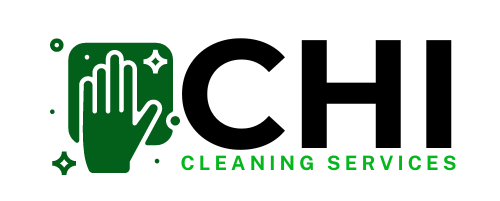In the dental industry, maintaining a clean and sterile environment is crucial for the safety and health of both patients and staff. This article will explore the best practices for cleaning and disinfecting dental office surfaces to ensure optimal infection control.
Understanding the Importance of Dental Office Cleaning
Regular and thorough cleaning of dental office surfaces is not just about maintaining a professional appearance. It’s a critical part of infection control. Dental offices are high-risk environments for the spread of infectious diseases due to the nature of dental procedures, which often involve contact with blood and saliva.
Why Regular Cleaning is Essential
Regular cleaning helps to remove dirt, dust, and organic matter from surfaces, reducing the number of microorganisms and thus the risk of infection. It also prepares surfaces for the subsequent application of disinfectants, which are more effective on clean surfaces.
Best Practices for Cleaning and Disinfecting Dental Office Surfaces
Effective cleaning and disinfection of dental office surfaces involve a combination of manual cleaning and the use of appropriate disinfectants.
Manual Cleaning
Manual cleaning involves physically removing dirt, dust, and organic matter from surfaces using a detergent and water. This should be done regularly, ideally at the end of each working day.
Use of Disinfectants
After manual cleaning, surfaces should be disinfected using a suitable disinfectant. The disinfectant should be applied according to the manufacturer’s instructions and left on the surface for the recommended contact time to ensure effective killing of microorganisms.
Training and Compliance
For effective infection control, all dental office staff should be trained in the correct cleaning and disinfection procedures. Compliance with these procedures should be regularly monitored and reinforced.
Training
Staff should be trained in the correct use of cleaning and disinfection products, including how to mix and apply them and the necessary contact time. They should also be trained in the correct sequence of cleaning and disinfection, and the importance of regular cleaning.
Compliance
Compliance with cleaning and disinfection procedures should be regularly monitored, and any non-compliance addressed promptly. Regular audits can help to identify areas for improvement and ensure that high standards of cleanliness and infection control are maintained.
Frequently Asked Questions (FAQ)
1. How often should dental office surfaces be cleaned and disinfected?
Dental office surfaces should be cleaned and disinfected at least daily, and more frequently for high-touch surfaces.
2. What types of disinfectants are suitable for use in dental offices?
Disinfectants used in dental offices should be EPA-registered and labelled as bactericidal, virucidal, and fungicidal.
3. What is the correct sequence of cleaning and disinfection?
The correct sequence is to clean surfaces first to remove dirt and organic matter, then apply a disinfectant to kill microorganisms.
Conclusion
Effective cleaning and disinfection of dental office surfaces are crucial for infection control. By following best practices and ensuring staff training and compliance, dental offices can provide a safe and healthy environment for both patients and staff.
When it comes to maintaining a clean and safe dental office, The Best Cleaning Contractor Chicago is a trusted partner. As a leading Dental Office Cleaning Company Chicago, we understand the unique cleaning and disinfection needs of dental offices. With our expertise, you can be confident that your dental office meets the highest standards of cleanliness and infection control. Choose Chicago Dental Office Cleaning for your peace of mind.
